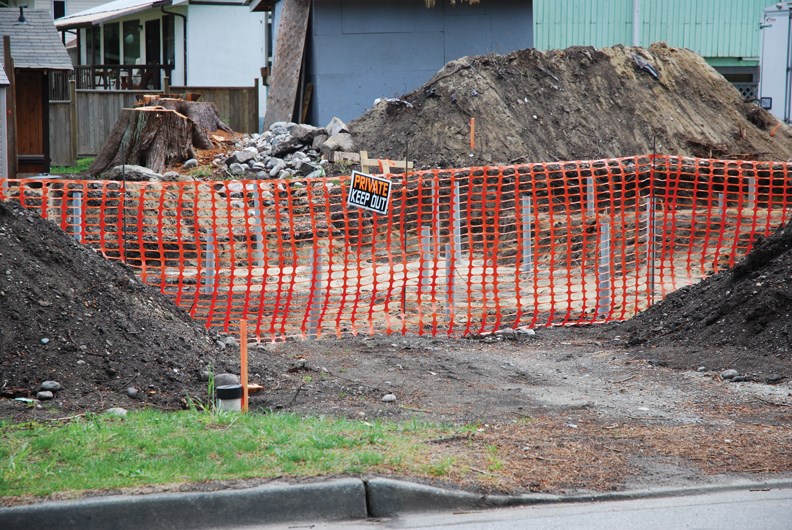The shíshálh Nation says archeologists going over a property on Osprey Street in Sechelt have turned up a midden (an ancient trash pile), showing evidence of First Nations’ occupation of the site going back thousands of years. The finds reportedly include shells, bones and beads.
Shíshálh Chief Calvin Craigan claimed the discovery of the midden also points to the area being the site of at least one longhouse.
“This one [discovery] is so important because it’s so very close to the municipality [of Sechelt] and what this does is sends a message to the local people that our people did exist here,” Craigan said in a YouTube video posted shortly after the find was announced. “It tells you the story that our people were here more than 4,000 years ago, and this is such a magnificent discovery to [add to] the case of the shíshálh Nation that we’re reclaiming our land, reclaiming our existence – establishing that we were here.”
Maureen and Larry Hamblin own the lot at the head of Porpoise Bay. Maureen Hamblin told Coast Reporter they’ve known the property was a potential archeological site since purchasing it 11 years ago, and having it investigated has been part of the approval process for the new home they plan to build.
Hamblin said it came as no surprise to learn an ancient midden had been found, adding there was also evidence the lot may have been used to dispose of garbage in more modern times as well.
“We are working in concert with the archaeologist, the Sechelt Indian Band and our builder to mitigate any further disturbance of the soils on our property,” Hamblin explained. “We have now installed screw piles [to build a new house on] in order to decrease any further disturbance.”
Hamblin said construction was set to start at the property May 4, following a brief blessing ceremony the day before.
The archeological consultants, who are being paid by the property owners, weren’t available to comment further on the details or significance of their finds.



